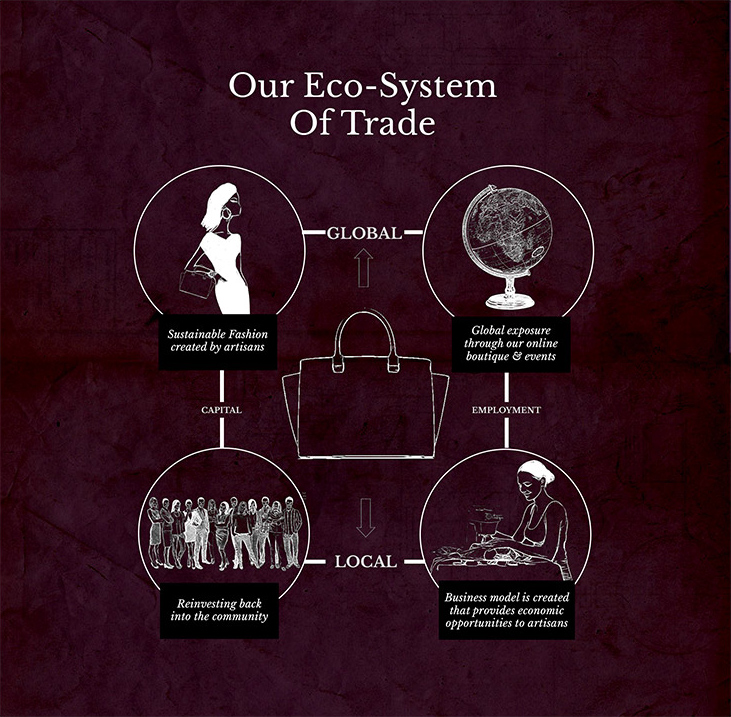The Federal Open Market Committee (FOMC), the branch of the US Federal Reserve Responsible for open market operations, has recently released information about a closed-door meeting held in Washington DC on October 29th, 2013. Since the 2008 financial crisis, the US Federal Reserve has engaged in unprecedented expansionary policies called quantitative easing, spending over 3.86 trillion dollars in the process. Last week, many analysts speculated that these policies will begin tapering in early 2014. Recent notes from the October 29th FOMC meeting suggest Quantitative Easing was indeed the subject of discussion. Dramatic changes in US monetary policy will have extensive repercussions in the United States and around the world.
[captionpix align=”right” theme=”elegant” width=”310″ imgsrc=”http://natoassociation.ca/wp-content/uploads/2013/12/fomc.jpg” captiontext=”The Federal Open Market Committee at work in the Eccles Building, Washington D.C.”]
Quantitative easing is a monetary policy whereby the central bank buys commercial and government bonds in order to flood the financial market with cash and increase the country’s monetary supply. It is typically employed in order to encourage economic growth, which explains its extensive use since the 2008 financial crisis. The US is currently spending an average of 85 billion dollars per month to buy bonds and securities, which increases bond prices and the amount of US dollars in circulation. In theory, easier access to US dollars will lower interest rates and encourage firms to make new investments. Many companies, large and small, could not afford to borrow money when interest rates were higher. Low rates and increased investment translate to new factories and jobs.
The unfortunate consequence to quantitative easing is that excessive increases in money supply will eventually lead to inflation, which decreases the value, or purchasing power, of the currency in use. Furthermore, many experts believe that prolonged quantitative easing may create an asset bubble, which may lead to another recession when the market in question crashes. In spite of this risk, members of the FOMC argue that the benefits of quantitative easing for the US economy have far outweighed their potential consequences.
The Federal Reserve’s third round of quantitative easing was launched in September 2012 and since then, the US economy has shown considerable recovery. Despite tumultuous events such as the US government shutdown, 2.5 million jobs have been created in the past year and the US unemployment rate has fallen from 7.8% to 7.3%. Vehicle sales have soared and home building companies such as Toll Brothers and KB Home have seen an increase in home buyers. Nonetheless, quantitative easing cannot last indefinitely. As the spending of the Federal Reserve increases, they are venturing further into unknown territory where the long-term consequences are still unclear. The FOMC must proceed cautiously to protect the fragile market recovery without crippling the economy in the future.
The October 29th meeting of the FOMC focused on how to manage the end of quantitative easing. Numerous suggestions were made, including a tapering schedule that corresponds to the performances of the labor market and inflation. The Federal Reserve previously promised to continue quantitative easing as long as the unemployment rate is over 6.5% and the inflation rate remains below an annual 2.5%. Members of the FOMC suggested other tapering strategies such as a calendar-based tapering, or establishing hard limit on total asset purchases in a given time period. Members of the FOMC also proposed supplementing a tapered quantitative easing with other monetary policies such as a decrease in the rate at which the Central Bank lends money to commercial banks.
The recent disclosure of these meeting details sheds light on important developments in the US economy. When FOMC Chairman Ben Bernanke discussed the future of quantitative easing at a meeting in September 2012, his comments had a significant impact on the financial market. After the press release, American firms worried that the end of quantitative easing would suddenly increase interest rates, and their natural response was to reduce investment plans. The FOMC’s recent willingness to suggest a possible end to quantitative easing may speak to their current faith in the strength of US markets.
More details will be available when the FOMC next meets on December 17th. In advance of this meeting, we know that an end to quantitative easing will have a significant impact on the United States and the rest of the world. Alternatively, if the FOMC manages to decrease unemployment without creating excessive inflation, the rest of the world will benefit from a successful US economic recovery. As GDP increases in the US, their demand for imports will increase and will inject growth into the global economy. The FOMC’s recent actions suggest that 2014 may be a year of economic growth as the US economy begins to gain momentum.



